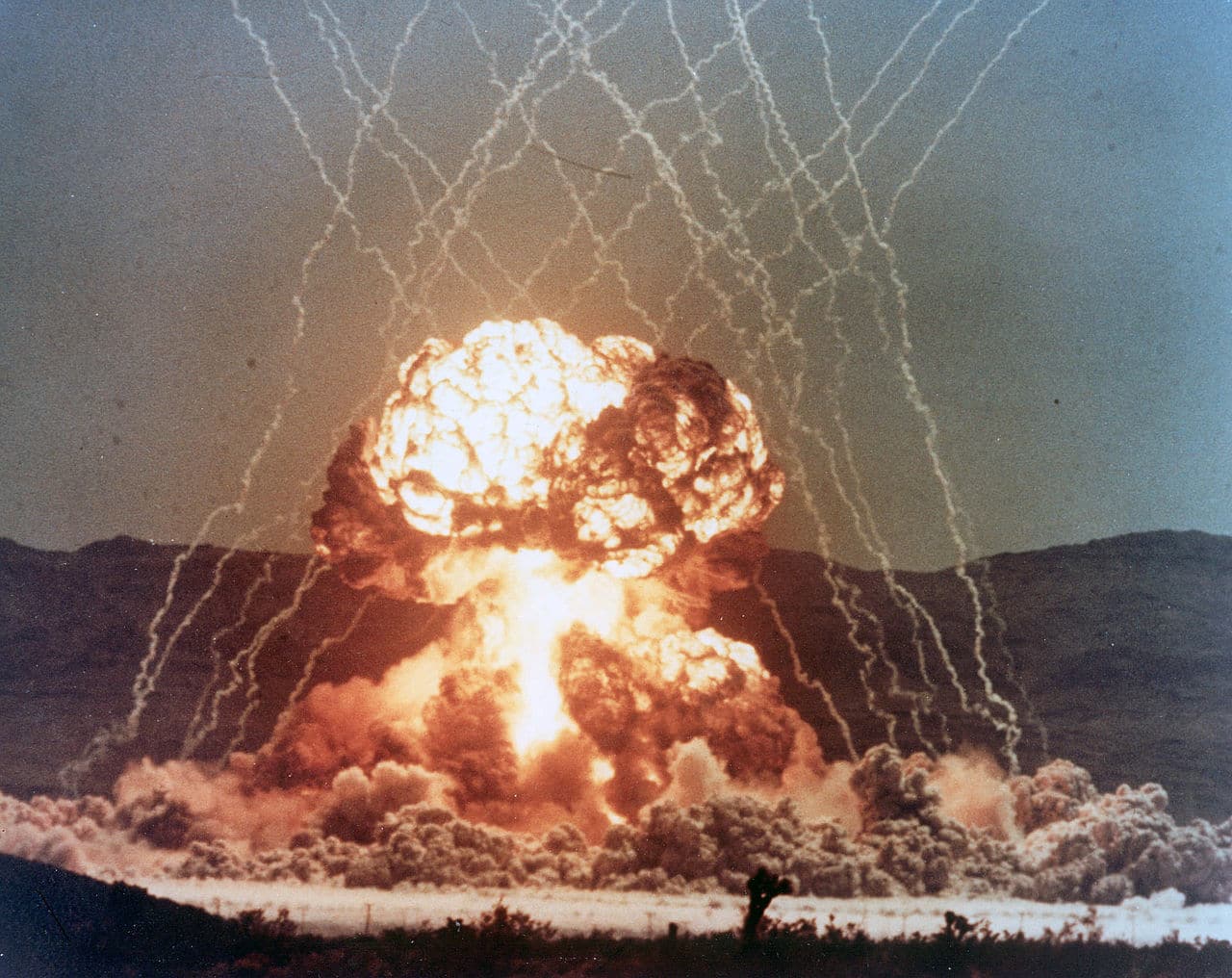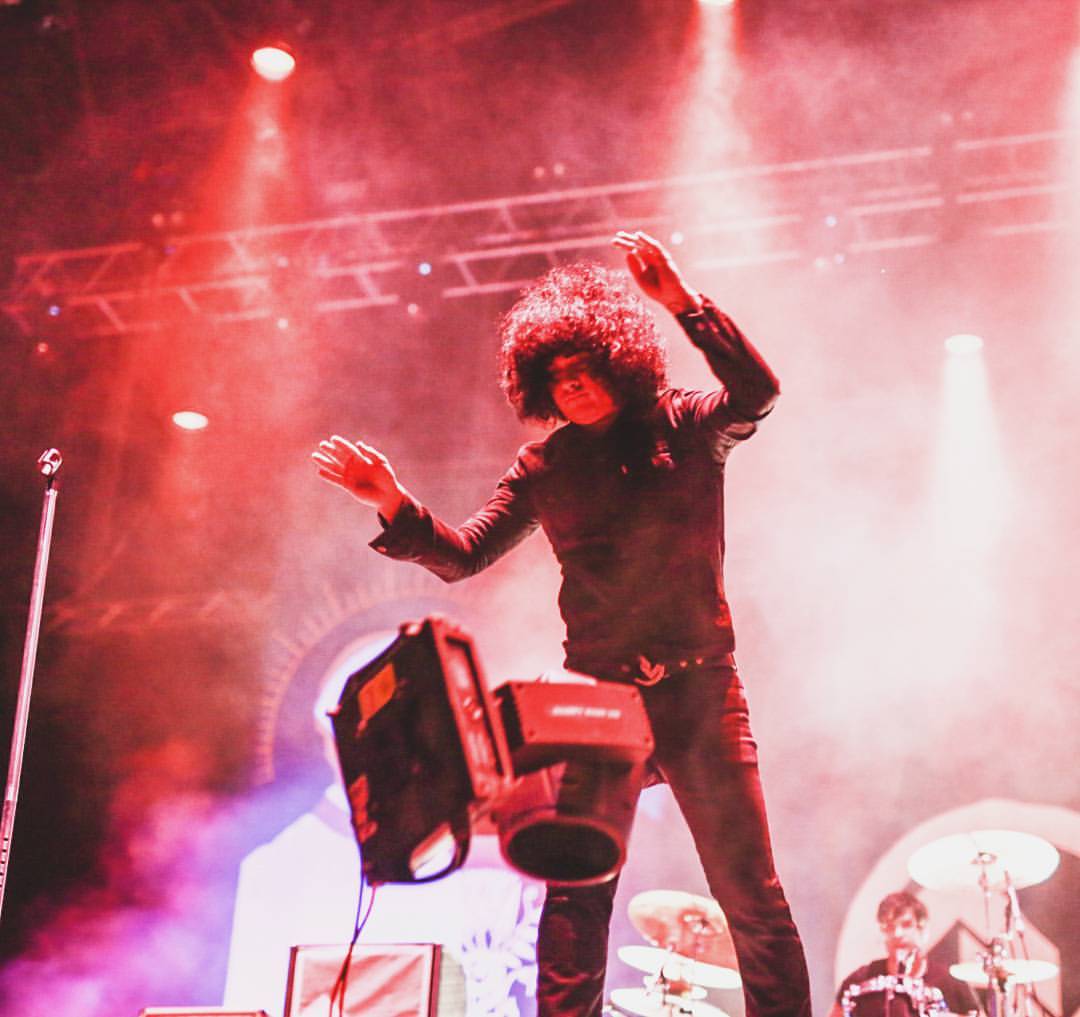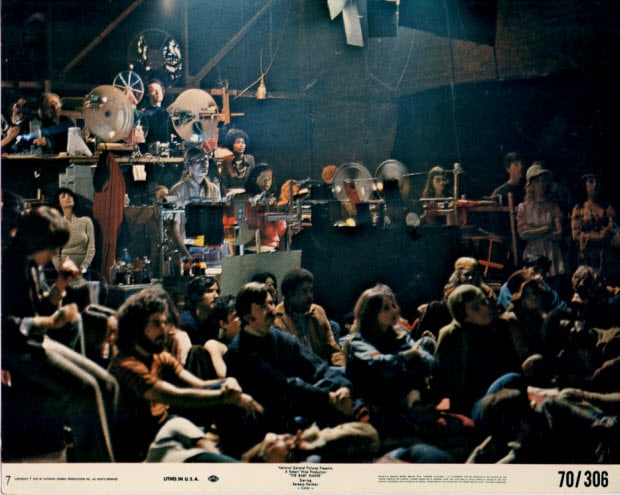
I feel like every designer at some point reaches back to his or her roots to try and reboot the creative machine – for each day I spend learning some new visualizer or media server software, I find myself digging back into the cranial wayback machine to seek out where we started in lighting design, and where we’re going. It doesn’t really matter what genre of lighting design you prefer, it’s all wavelengths of light at different color temperatures and outputs. I find that there are a lot of education programs out there who graduate students without knowing some of the basar, factual and practical fine points of working with light as a medium, and it generates a lot of really crappy design. Very few people want to be hands-on anymore – and it’s not for me to stand in the way of technology ever – but do you ever ask yourself if you can hand-render a design instead of letting your viz software generate it? It’s not terribly efficient, of course, but can you do it? Can you hand-calculate photometrics? Can you find the oval width and length of a beam of light?
I’ve been researching liquid projection teams and some of the more well-known projectionists of the 60’s and 70’s – namingly groups like Joshua Light Show and Single Wing Turquoise Bird. These groups of projectionists lit for bands like Big Brother and the Holding Company, Steve Miller Band, Velvet Underground, Grateful Dead, and others. Technology in these areas was pretty basic and complex simultaneously – overhead projectors, slide projectors, an opaque projector with a pan of water underneath into which colored oils would be mixed. Creativity at its peak – for artistic integrity, creative expression, and audience enjoyment. I want to be able to imagine a huge projection of oil and water moving and dancing together while seeing The Who, or Traffic (come on, The Low Spark of High Heeled Boys ROCKS!).
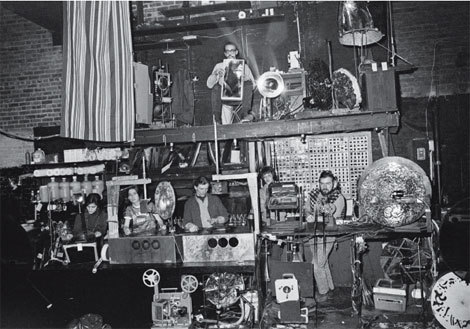
Members of Joshua Light Show with their gear
Playing around with video managers like Arkaos VJ and Catalyst give us modern folk a digital representation of this fundamental idea of lighting enjoyment – having a big stage and six DL2s gives another dimension of light. Adding video into a design – wait, let me rephrase that – adding video visualizations into a design, rather, provides an intangible dimension for audience members, whether the medium is a concert, internal or external architecture video, or something that hasn’t been dreamed up yet. We can use technology to turn a team of people like Single Wing Turquoise Bird into one, maybe two people – but the good designers who are working embody the spirit of artistry just the same. We’re doing the work on laptops and high-powered desktop machines now – but the need for artistic expression through interpretive light hasn’t changed.
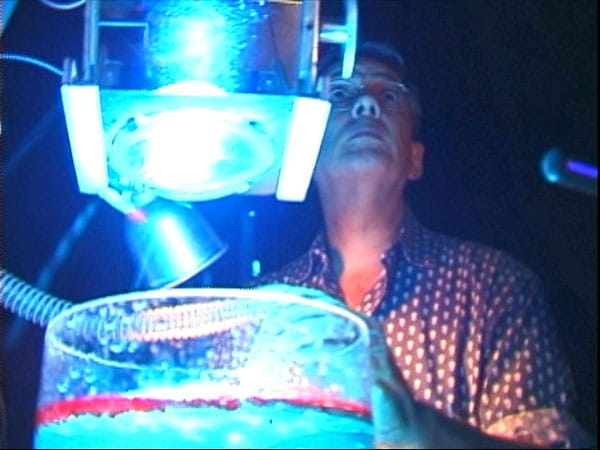
Joshua White and an overhead projector
Please check out some of the sites I have been looking at for historical reference – a good site on Single Wing Turquoise Bird, and information on Joshua Light Show. There’s a PDF of a book called Expanded Cinema, about some of this era of projection and design and pioneering of modern multimedia. I highly recommend it.
Funny enough, the Museum of Fine Art in Houston played a videolast week, on April 17, about Joshua Light Show and musical artist Silver Apples. Check that out here. Here’s a great article about the movement at Rhizome – and one last link – an interview with Joshua White from the Gothamist. Excellent.
Also, here’s a video of work by Joshua Light Show, and below it, work by Single Wing Turquoise Bird:
Bill Graham, thanks for spending money on a light show way back in the day.


